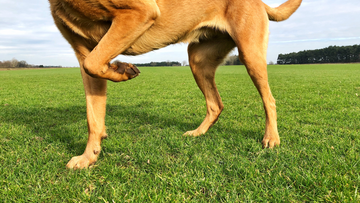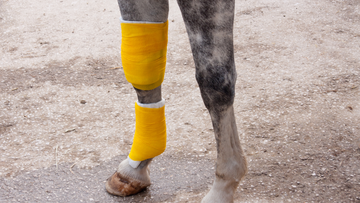We’ve all been there. We show love the way we were loved, or the way we want to be loved, and, at times, the intended recipient doesn’t seem to get it. Surprisingly, there are not one, two, or three general ways to show love… but five! Understanding how people perceive love and affection can make us better communicators, partners, parents, and leaders.
In a 1992 book, longtime marriage counselor and Ph.D. Gary Chapman detailed the five love languages for the first time. Throughout his years as a pastor, linguist, and therapist, Chapman said he began to see a pattern in how people loved one another.
While someone may relate to more than one of the five love languages, Chapman says a person will have a primary love language. The five languages are; words of affirmation, quality time, physical touch, acts of service, and gifts.
Finding your own love language can be accomplished by reading Chapman’s book, indulging in some self-reflection, or enlisting some help from the people who know you best. There are also love language quizzes online, but said quizzes may not be ‘Chapman approved.’
Understanding and utilizing the love languages will let you create deeper connections with people, even if it’s someone you just met. Subtlety using a love language can communicate your thoughtfulness to someone.
Continue reading to learn more about the love languages and how to apply them in your everyday life.
Words of Affirmation
People who value words of affirmation appreciate verbal reminders of affection. A quick “I love you,” or a moment taken to tell the person how much they help you throughout the day motivates and uplifts them. Compliments can be based on outfits, work ethic, or a recently completed project. The key to their heart is genuine, kind comments.
Practical Ways to Practice Words of Affirmation:
- Write your spouse a quick, heartfelt message on a sticky note and leave it where they will find it.
- At work, shoot someone in need of encouragement a positive email reminding them how much you appreciate them.
- Secretly, leave a note for a friend when you visit their house
- Set aside five minutes in the morning to practice gratitude and text, someone, how grateful you are for them.
Quality Time
This love language is pretty self-explanatory but can be difficult to execute if it doesn’t come naturally to you. Quality time can look like fixing dinner with your partner, working on a project, or sitting quietly together. These people appreciate your time and full attention.
Practical Ways to Practice Quality Time:
- Take a hike with someone important to you.
- Ask them how they’d like to spend time together and make themselves available.
- Lend a listening ear over a glass of wine.
- Reminder: put the phone down!
Acts of Service
 The acts of service love language might be the most practical of them all. Doing something for someone to make their life easier is the ultimate “I love you!” Acts of service can be incorporated into your daily routine, and show you’re going the extra mile.
The acts of service love language might be the most practical of them all. Doing something for someone to make their life easier is the ultimate “I love you!” Acts of service can be incorporated into your daily routine, and show you’re going the extra mile.
Practical Ways to Practice Acts of Service:
- Do the dishes without being prompted.
- At work, tidy up the common office space.
- Help someone complete a weekend project, such as building a raised vegetable bed or lawn chores.
- Bring someone breakfast in bed.
Gifts
Giving and receiving presents has become such a large part of our culture, and it has some real merit! There are a few moments more satisfying than seeing someone open up the perfect gift and seeing their face light up. Gift-giving is dubbed the “visual symbol of love” language. The language is all about the message behind the gift and the thought that went into it, so extravagant things aren’t required!
Practical Ways to Practice Gift Giving:
- Pick a bouquet of flowers on a walk and bring them to someone.
- Bring someone a coffee from their favorite spot.
- Compile photos into an album to give someone.
Physical Touch
 Physical touch might be the first thing that comes to people’s minds when they’re told to picture the word “love.” A warm embrace or pat on the back is often one of the most comforting things a person can receive! For some people, this is the best way to connect and show your engagement and commitment.
Physical touch might be the first thing that comes to people’s minds when they’re told to picture the word “love.” A warm embrace or pat on the back is often one of the most comforting things a person can receive! For some people, this is the best way to connect and show your engagement and commitment.
Practical Ways to Practice Physical Touch:
- When you first see someone, give them a big, long hug.
- When sitting on the couch, let them rest their head on your shoulder and vice versa.
- When appropriate, put your hand on the shoulder of your coworker as you praise them.
Making people feel seen and wanted is one of the biggest parts of building relationships. Implementing the five love languages into your everyday routine will make you a stronger leader.





















